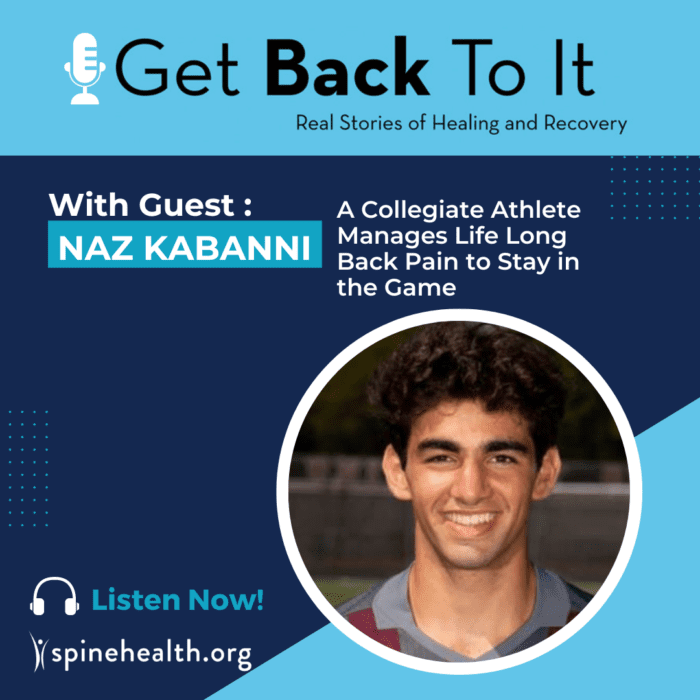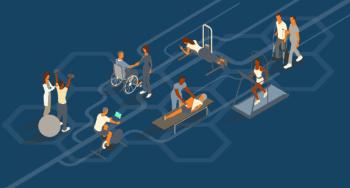Summary:
Naz Kabanni grew up in the United Kingdom where playing soccer was a way of life! He began playing at a competitive level beginning at the tender age of 6. As he grew, and the competitive levels increased, he began having back issues.
Through working with physical therapists and athletic trainers, he learned that his hip alignment was off due to one leg being slighter longer than the other. Those mere centimeters difference was enough to create malignment resulting in excruciating lower back pain. As a result of working with athletic trainers, he was able to manage his back pain through non-operative techniques and continue playing soccer all the way through a competitive collegiate career. He credits having to learn at a very young age how to properly take care of his back with preventative measures such as dynamic stretching and myofascial release, or suffer the consequence of injury and getting sidelined.
Currently he works at a tech investment firm and enjoys playing soccer in an adult league twice a week. Now, well past his college days, he continues to use the tools given to him as a young boy whenever symptoms show up. Naz’s story teaches us the importance of learning one’s own individual needs, why flare-ups happen and what to do about it, in order to design a customized lifelong program for spine health.



